| REVIEW OVERVIEW | |
BUILD QUALITY 80 % | |
FEATURES 100 % | |
DESIGN 90 % | |
PERFORMANCE 100 % | |
| SUMMARY Those in the market for a flexible, compact mini-itx case that can house powerful components have found their case. This is easily one of the best ITX cases I have ever reviewed. | 92.5% OVERALL SCORE |
Lazer3D LZ7 XTD$80
The Lazer3D LZ7 has been one of my favorite mini-itx cases since I reviewed it around 2 years ago. When I found out there was going to be a follow up case that was slightly larger I was ecstatic.
The potential to have a similarly compact case to the original LZ7 along with full length GPU support is very compelling. The XTD can be purchased as a standalone case, or expansion unit for the original LZ7.
LZ7 XTD Specifications
| Material | Acrylic |
| Motherboard Support | Mini-ITX |
| PSU Support | SFX |
| Fan Mounts | 1 x 120/140mm |
| Volume | 10.4L |
| Dimensions | 226 x 290 x 158mm |
| Max CPU Cooler Height | 135mm |
| Max GPU Length | 280mm |
| HD Support | 2 x 2.5″ |
Design & Build Quality
As the company name suggests, the LZ7 XTD is made of laser cut acrylic panels with 3D printed corner pieces. The case comes in a variety of colors, and has multiple panel options for the sides and top panels.
Surprisingly, the XTD feels extremely well built. It is noticeably higher quality than your typical plastic case from a big box manufacturer. After dealing with the original LZ7 I can vouch for the long term durability of the panels as well. I used the original LZ7 for over year and did not see any warping bending anywhere.
In addition to the panel customization options, there is now also a stand to mount the case vertically. This $20 add on adds a whole new set of placement options and is a welcome addition
XTD Build Process
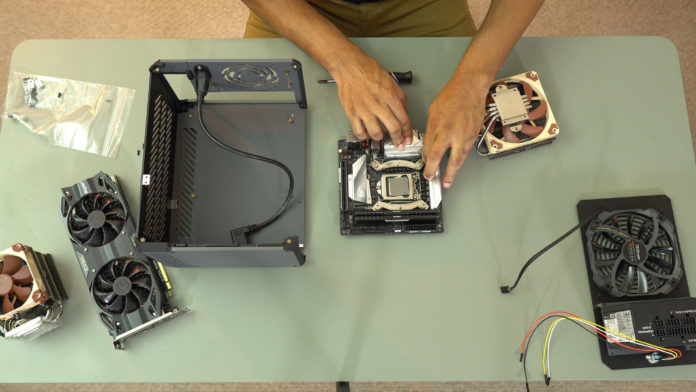 Building in the XTD is very easy. Every panel can be removed, eliminating some of the build issues commonly seen with compact ITX cases.
Building in the XTD is very easy. Every panel can be removed, eliminating some of the build issues commonly seen with compact ITX cases.
The only are to note here would be the power supply. The power supply sits sideways and is connect to the right side panel via a small bracket. Make sure you plug the power extension cable in before you screw down the bracket because you won’t be able to do it afterwards.
For more information on the build process watch the full review video above.
Performance
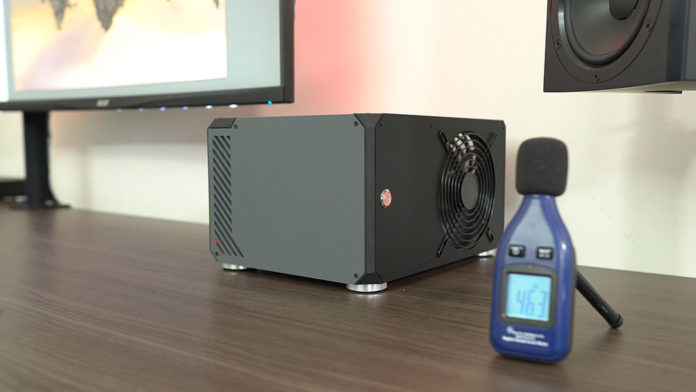 Lazer3D has done a great job with the build quality and feature set of the XTD, now lets dive into the performance numbers. Below you will find performance metrics, temperatures, and noise levels.
Lazer3D has done a great job with the build quality and feature set of the XTD, now lets dive into the performance numbers. Below you will find performance metrics, temperatures, and noise levels.
All tests were run with the 9900K overclocked to 5.0GHz at 1.23v. The GPU and RAM were left at their stock settings.
Test System
| CPU | Intel Core i7-9900K |
| RAM | 32GB Corsair Vengeance DDR4 3000MHz |
| Graphics Card | EVGA RTX 2070 Super |
| Motherboard | Asrock Z390-I |
| SSD | Samsung 970 EVO 500GB Samsung 860 EVO 1TB |
| Power Supply | Corsair SF600 |
| CPU Cooler | Noctua NH-U9S |
| CASE | Lazer3D LZ7 |
System Noise
Mini-ITX cases are great, but they tend to be louder than full sized cases due to the smaller fans and decreased airflow. The LZ7 is famous for its massive 140mm side fan intake that pumps cool air into your system. While the orginal LZ7 was very quiet for an SFF PC, the XTD takes that to another level.
| STATE | DECIBELS |
| IDLE | 30.5 |
| CPU 100% | 42.5 |
| GPU/CPU 100% | 45.1 |
Temperatures
Temps are very important. They impact performance (throttling) as well as the long term durability of your system. The LZ7 XTD does an even better job with temperatures than the original model. I was able to cool an i7-9900k running at 5.0GHz with no problem. The fans didn’t even need to boost to 100% to accomplish this feat. You can have a system with manageable temps that runs quietly.
| STATE | CPU | GPU |
| Idle | 32C | 47C |
| VIDEO EDITING | 80C | 57C |
| GAMING | 67C | 73C |
| 100% LOAD | 82C | 76C |
CPU Benchmarks
| CINEBENCH CPU | 2110 |
| PASSMARK CPU | 22118 |
| GEEKBENCH SINGLE | 6216 |
| GEEKBENCH MULTI | 36850 |
GPU Benchmarks
| TIMESPY | 10105 |
| FIRESTRIKE | 21154 |
| PASSMARK 3D | 16612.2 |
| PASSMARK 2D | 1106.5 |
| CINEBENCH OPEN GL | 178.14 |
Final Thoughts
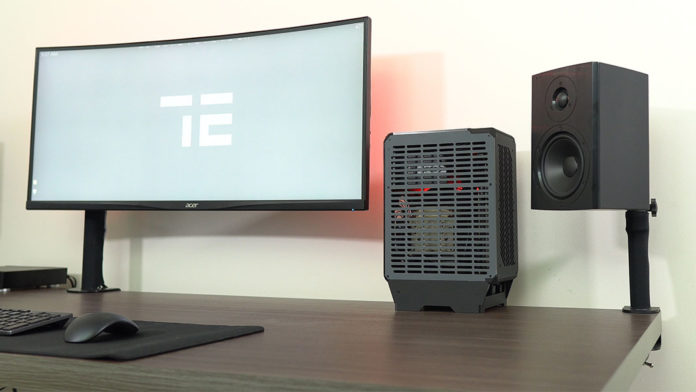 The original LZ7 was a revelation, combining a compact design with excellent performance and seemingly unlimited customization options. The new XTD version take everything the original case offered and expands upon it.
The original LZ7 was a revelation, combining a compact design with excellent performance and seemingly unlimited customization options. The new XTD version take everything the original case offered and expands upon it.
The additional clearance for CPU coolers, and full length GPU’s allows for even more powerful systems the run cooler and quieter. The only potential issue with the case for some may be the price.
If you are on the fence about the Lazer3D Lz7 XTD, hop off and buy it. It’s just that good.


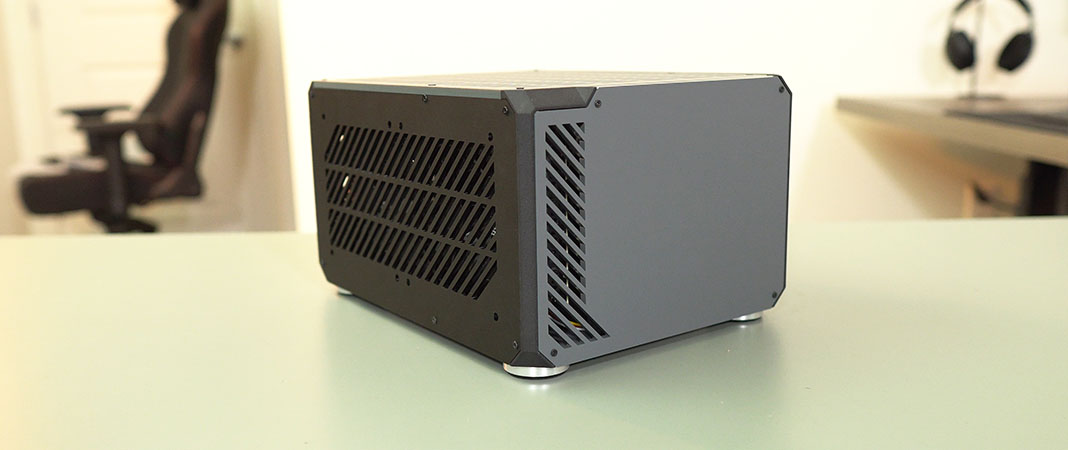


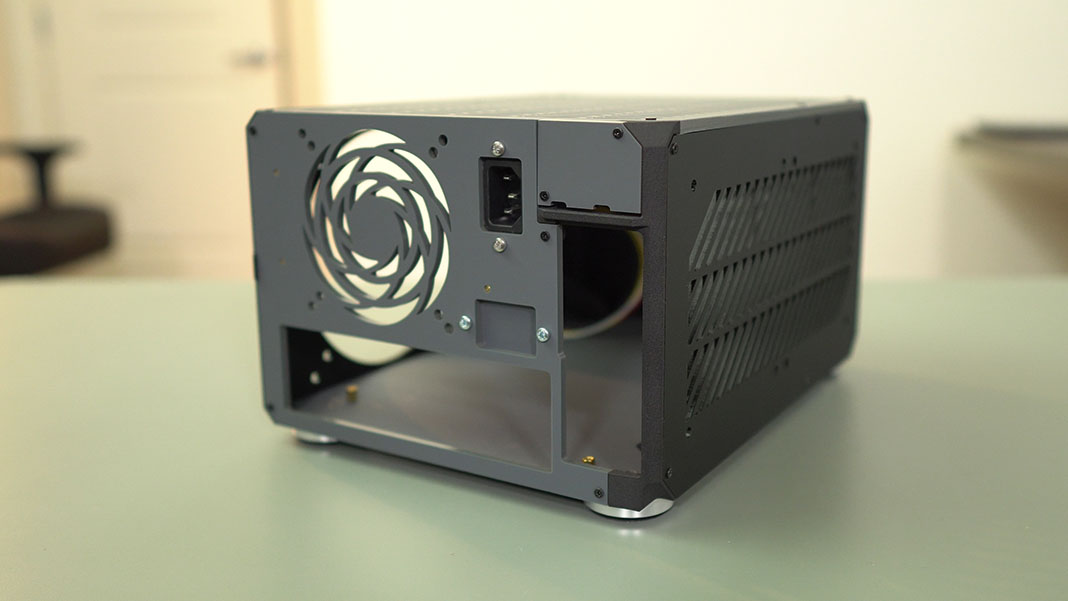









The Asrock Z390-I seems difficult to source currently. What motherboard would you use if you built this today?
I would go AMD for sure. The Gigabyte X570-I offers a nice balance between performance and price.